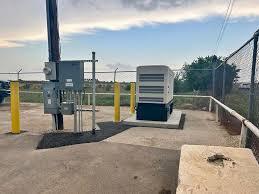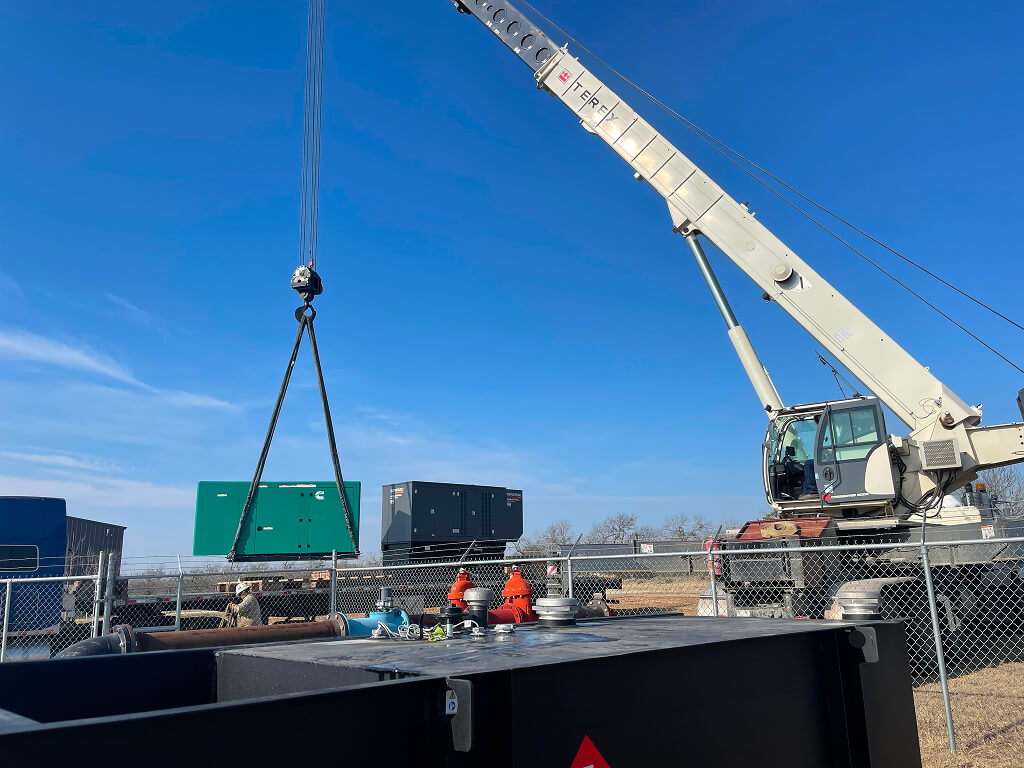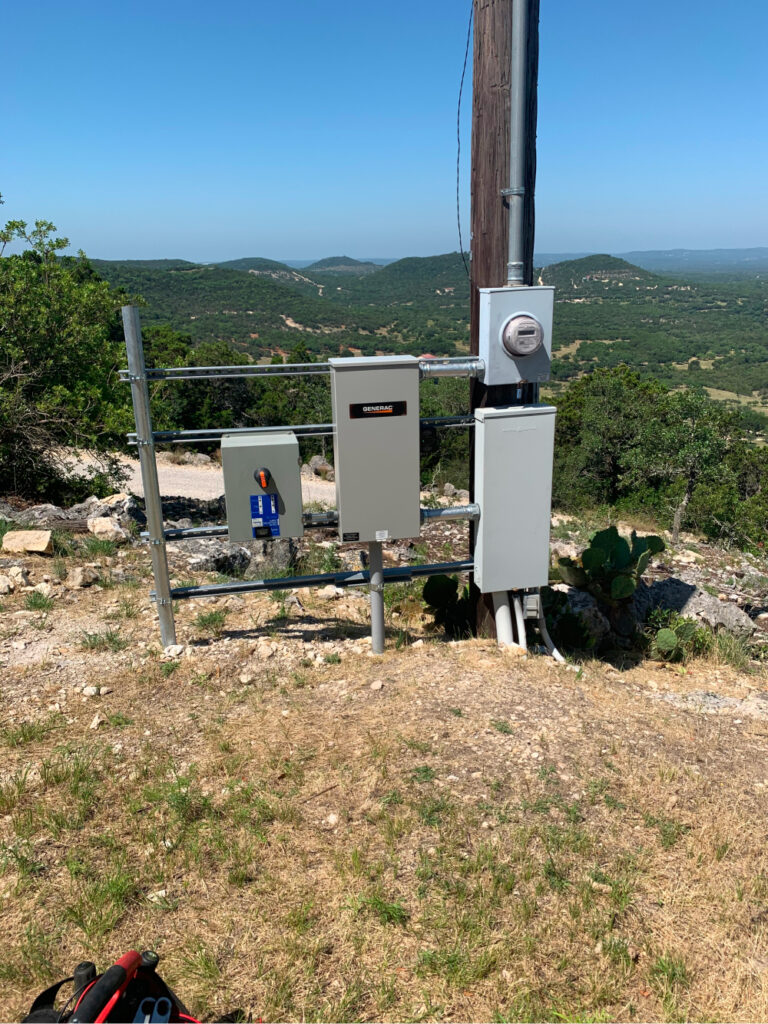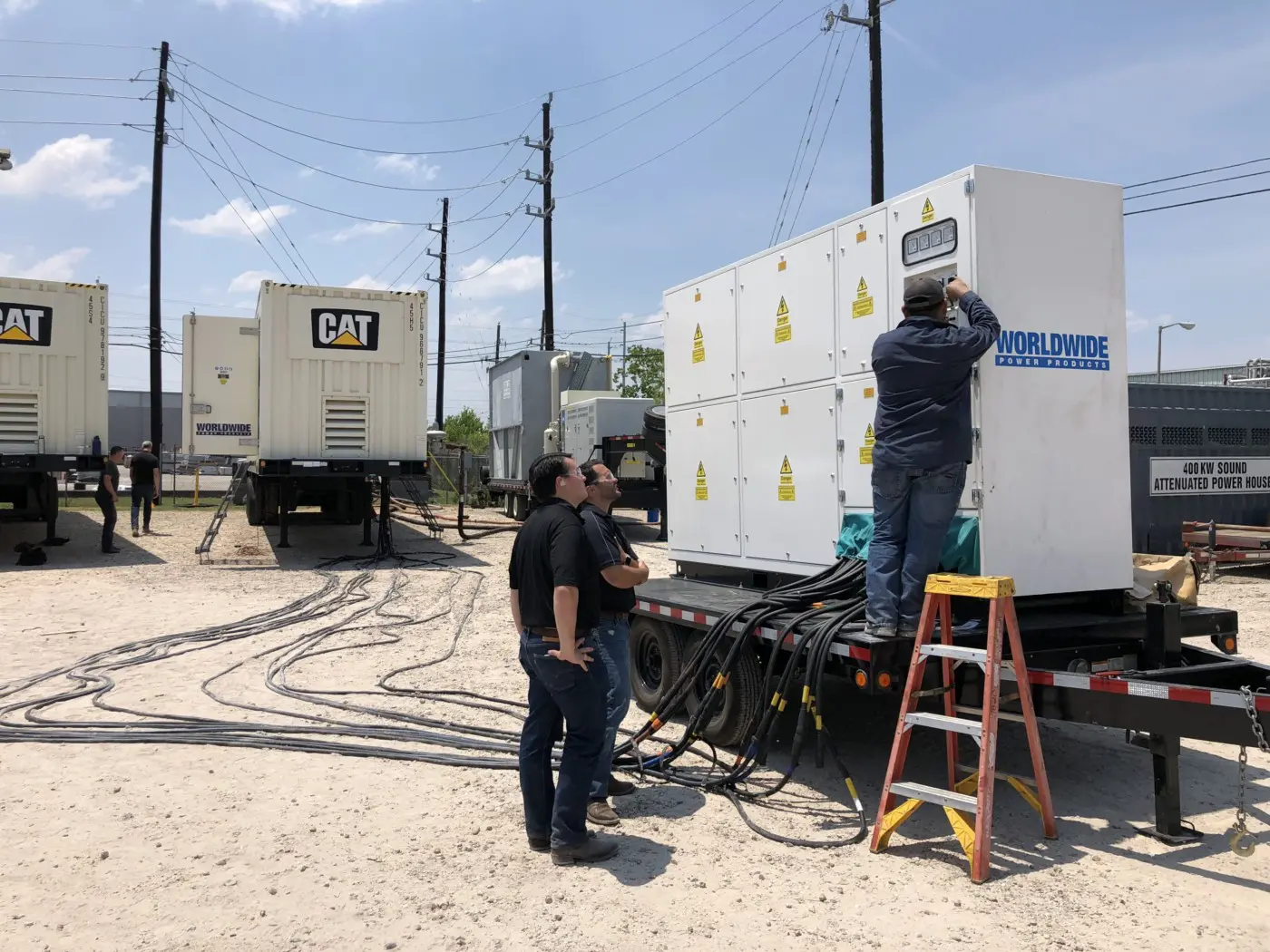











Load bank testing is a critical process that tests a generator’s ability under full load to verify operational reliability and performance.
We recommend conducting load bank tests annually or according to the manufacturer’s guidelines to ensure optimal generator health.
Our checklist includes verifying load capacity, testing all operational controls and safety shutdowns, and ensuring performance standards are met.
Yes, we specialize in both commercial and residential generator testing, providing tailored services for any size and type of generator.